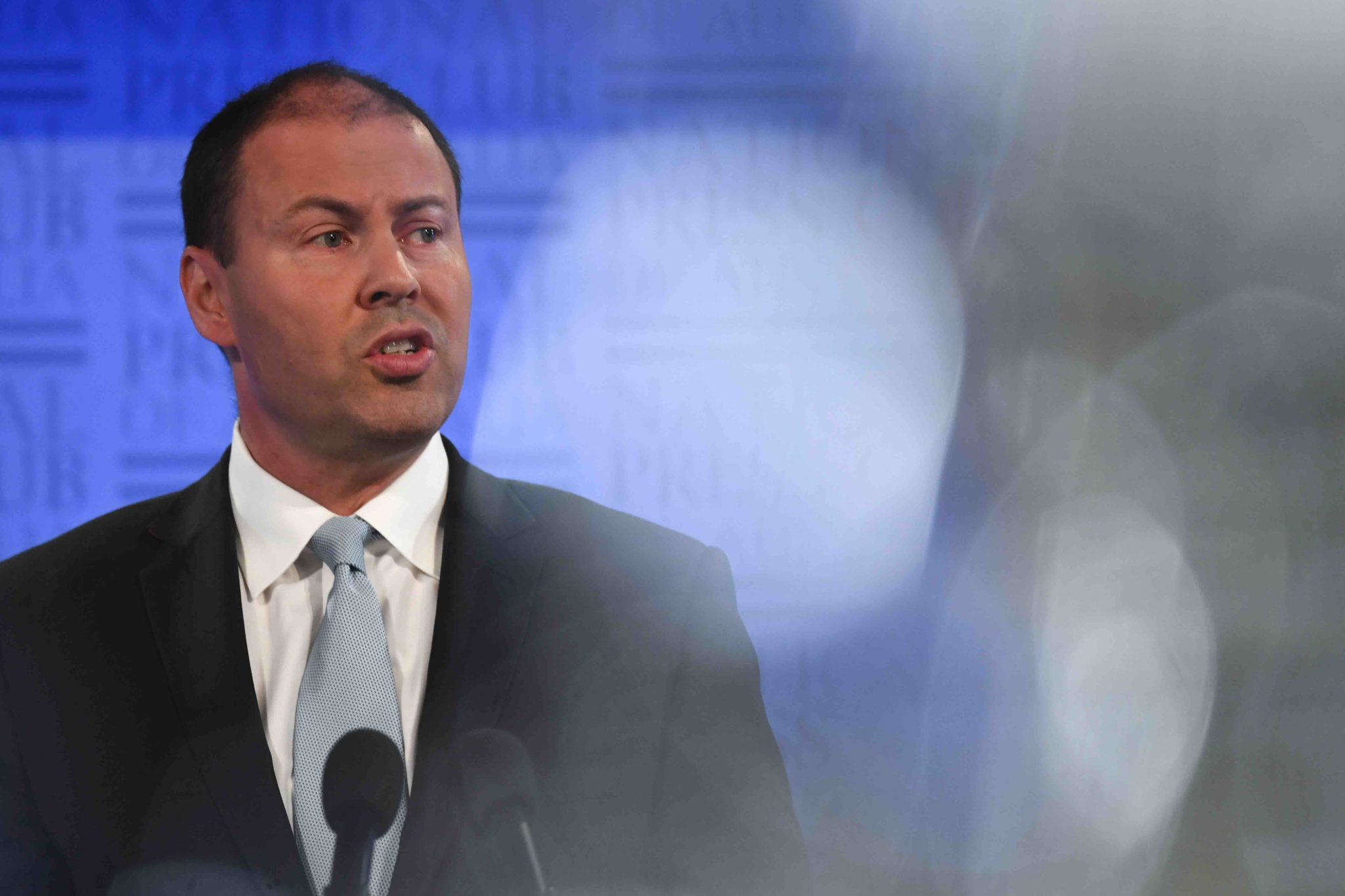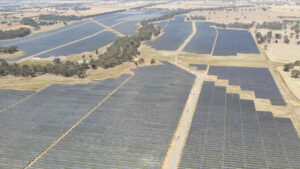
Federal energy minister Josh Frydenberg has again come to the defense of coal power in Australia, in a bid to calm Coalition waters that were ruffled by the “experts” assessment last week that new coal had no future under the National Energy Guarantee.
Speaking at the Australian Energy Week conference in Melbourne on Friday, Frydenberg said coal had its “best chance” under the Turnbull government’s proposed NEG, and would continue “keeping the lights on ” in Australia for decades yet.
“There has been some media speculation about what is the future for coal… I believe that under the NEG, which puts a premium on reliability, coal will have its best chance to continue as an important source of energy generation in the market,” Frydenberg told the conference.
“People who think we can decarbonise the Australian economy overnight, don’t understand the reality of situation if we do so, we would actually see the lights go out on the east coast of Australia.
“Coal continues to be a critical part of our energy mix. We have (existing) coal-fired power stations in Australia with an average life of 27 years, and certainly under the NEG there will be more of an incentive to invest in those existing power stations.”
The comments come more than a week after the chair of the Energy Security Board, Kerry Schott, told a separate Melbourne conference that there was “no way” anyone would fund new coal power under the NEG.
“I can assure you that, unless there’s a change of technology, there would be absolutely no way that anybody would be financing a new coal-fired generation plant,” Schott said.
Those comments, originally reported by RE, were soon picked up by the mainstream media, drawing responses of shock and outrage – and calls to “please explain” – from the Coalition’s right wing, including resources minister Matt Canavan and chief rabble rouser, Tony Abbott.
The Frydenberg comments came as the Coalition continued to attack Labor’s 50 per cent renewable energy target for 2030, which comes with a 45 per cent emissions reduction target that the Climate Authority said was the bare minimum to meet the Paris climate goals.
That attack was kicked off again in Scott Morrisson’s budget, which promised $80 billion in tax cuts for companies, $140 billion in tax cuts – mostly for high earners – and $15 billion in tax cuts for average wage earners, and a scrapping of assistance for energy bills for low income households.
Frydenberg waded in before his speech with this tweet above.
He was joined by finance minister Mathias Cormann, whose claims were met with a swift and concise rebuff from Victoria energy minister Lily D’Ambrosio. The Coalition has no modelling that justifies that claim.
Frydenberg, who last week kept his responses to the Schott comments quite measured and neutral, has seemingly succumbed to party pressure this week, reverting to comments about lights going out, and the importance of keeping “reliable” coal power in the system.
Of course, as we have seen illustrated over the past summer, Australia’s ageing coal power stations are anything but reliable, with entire generating units dropping out without notice on a fairly regular basis.
But Frydenberg also used his speech on Friday to underline the federal government’s desire to keep the nation’s ageing coal fleet open past its use-by date, and in particular, AGL Energy’s NSW Liddell, which is due to close in 2022.
“We expect… the board of AGL, for the senior management to seriously consider what is on offer from Alinta,” he told the conference, in reference to the recent bid Alinta had made to buy out Liddell.
“We have an AEMO report that talks about 850MW of dispatchable power (going out of the market) should Liddell close, and insufficient new investment coming into the market,” he said.
“Even with (AGL’s) plan (to replace Liddell with mix of renewables, storage and gas) you’re not getting the same volume of power into the marketplace.
“You’ve got a battery that runs for 30 minutes, or you get a gas peaker that runs for 30 days a year, you’re not getting any reliable power,” he said.
The comments – the cheap and uniformed shot at the SA big battery aside – don’t gel with the minister’s earlier statement in his speech, than noted that the key issue for the future NEM was not to supply more baseload power, but to cater to a more peaky demand profile; something that batteries can do very well.
Nor do they reflect the actual findings of AEMO, regarding the retirement of Liddell, which were that AGL’s plans to replace it were “more than enough to meet the potential shortfall created by the closure.”
Frydenberg’s assertion to the contrary on Friday echo the talking points the Coalition chose to focus on at the time – that is, what might happen if AGL, and other market participants, chose to do absolutely nothing.












